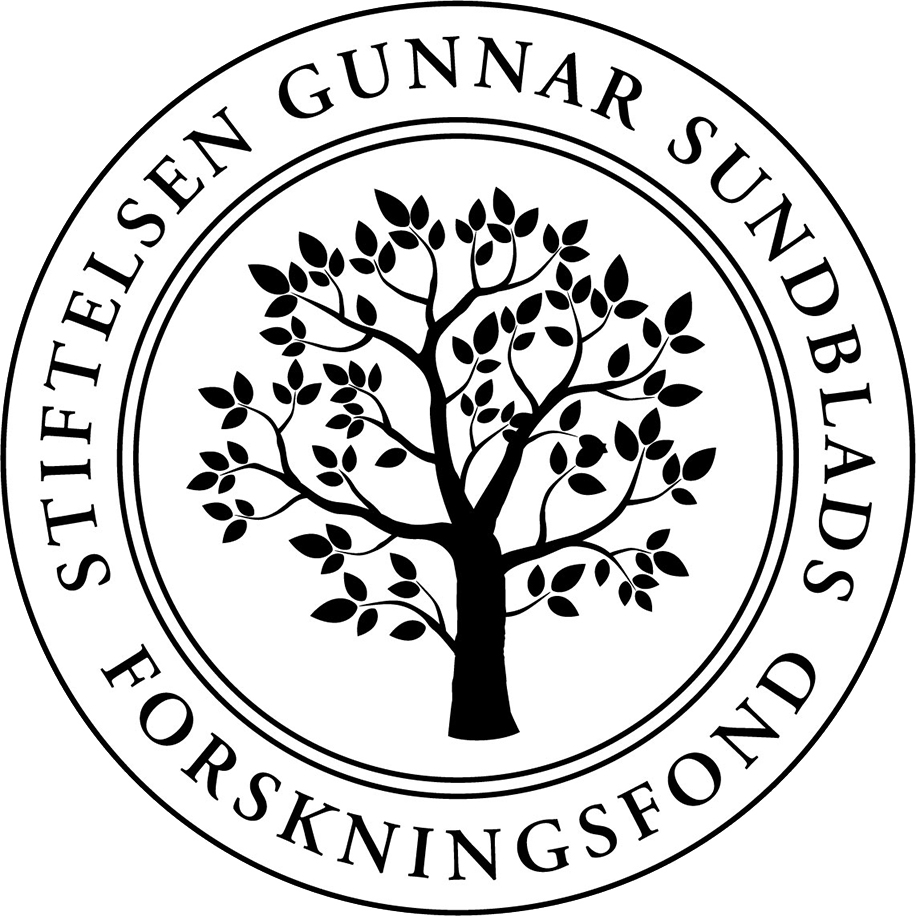Increased, sustainable wood production and mobilization
Forest growth is increasing, leading to increased CO2 sequestration. Management practices are being further optimized for even higher productivity and stand quality. The creationof climate change-resilient and stress-tolerant forests is particularly important. Research,innovation and careful, long-term forest management have increased harvesting possibilities in Europe by 30 per cent, between now and 2040.
A
Using the digital revolution for precision forestry
New measurement technologies, remote sensing, land-based smart sensors, detailed production data from machinery, mobile devices, industrial scanning records and standardized interfaces bring opportunities for the collection of detailed and dynamic information. This wealth of comprehensive data will enable new levels of precision forestry. Ways in which advanced prediction models can be applied, including the use of artificial intelligence (AI) and Internet of Things (IoT) data, need to be explored and developed. These predictive models can be used for characterization, visualization, harvest planning and retrospective traceability of mobilized wood material, as well as for forest monitoring. Research is also needed to design applications for improved decision-making processes in forest management and optimized wood logistics, to develop new business models and for strengthening forest protection. To bring this about, participatory approaches that include forest owners, forest contractors and logistics operators, industry, technology providers, society and end users need to be tested.
Examples of innovation activities
- Develop planning and monitoring tools for multipurpose forest landscapes
- Optimize supply-chain management including for harvesting, transport and pre-processing, linked to
forest planning tools - Develop traceability systems covering the entire value chain from raw materials to wood-based products
B
Empowering small-scale forest owners
An unprecedented diversity of private individuals and organizations owns the majority of EU forests, often in small-sized holdings. This results in differing ownership rights, management objectives and behaviour, and organizational support, which in turn poses challenges on meeting future demand for forest biomass and other ecosystem services. Collaboration between forest owners, use of traditional/local knowledge, and targeted assistance with planning tools, operational support and knowledge by owner associations and advisory services will be needed. Research is also needed on the drivers for decision-making, the design of effective supporting instruments and incentives for active forest management, and improved co-operation. Innovative approaches for better co-operation between all participants of the value chain are required, such as IT solutions that can meet the needs of such a diverse target group. Diversification through short-rotation stands, agroforestry and using wood sources outside of forests also need to be analysed.
Examples of innovation activities
- Design digital tools to foster co-operation and knowledge transfer
C
Harnessing novel technologies and automation in forest operations
Novel technologies and automation, such as machine learning and robotics, not only offer huge potential to improve the productivity of forest operations (planting, tendering, thinning, harvesting, logging), but also to provide social (attractiveness of rural jobs, gender balance in forest employment), safety and environmental benefits. Used to its full potential, automation can create new job opportunities in rural areas. Research is needed to adapt advances in automation for use in complex and extremely variable forest environments, and to improve decision-making support for operators. The potential
of semi-autonomous, fully autonomous, and remotely operated machinery to enable forest operations to work in greater harmony with the forest environment, while at the same time integrating human supervision, needs to be analyzed.
Examples of research and innovation activities
- Develop combined human-robot forest harvesting
systems - Improve the automation of harvesting systems,
including remote-controlled machinery, drones and
measurement technologies that can provide an
integrated data flow to the industry - Improve automation for forest nursery operations and
the tending to of young forest stands
D
Analysing and foresighting markets and material flows of forest-based products
The forest-based industries are undergoing major structural changes, with shifting portfolios of traditional and new bioproducts based on forest biomass. The increasing diversity and complexity of interdependent value chains for forest products and services bring challenges for developing and monitoring markets. This makes investment conditions more challenging to assess. Research is needed on the future demand for different product and service categories, the various interdependencies between existing and emerging markets (e.g. carbon offsetting), and on the consequences for markets in different regions. This includes analysing regional potential to provide biomass and other services (quantity and quality), logistics of wood flows from forests to the various finished products, and better information for forest owners on market requirements so they can optimize forest management and harvesting.
Examples of innovation activities
- Improve foresight methodologies to predict market changes and consumer behavior.



